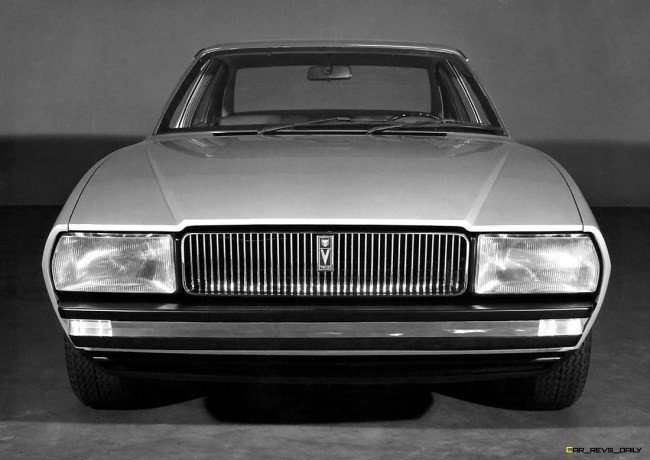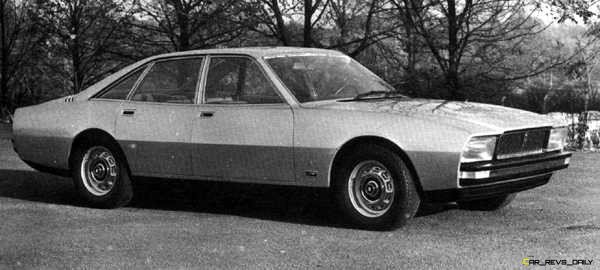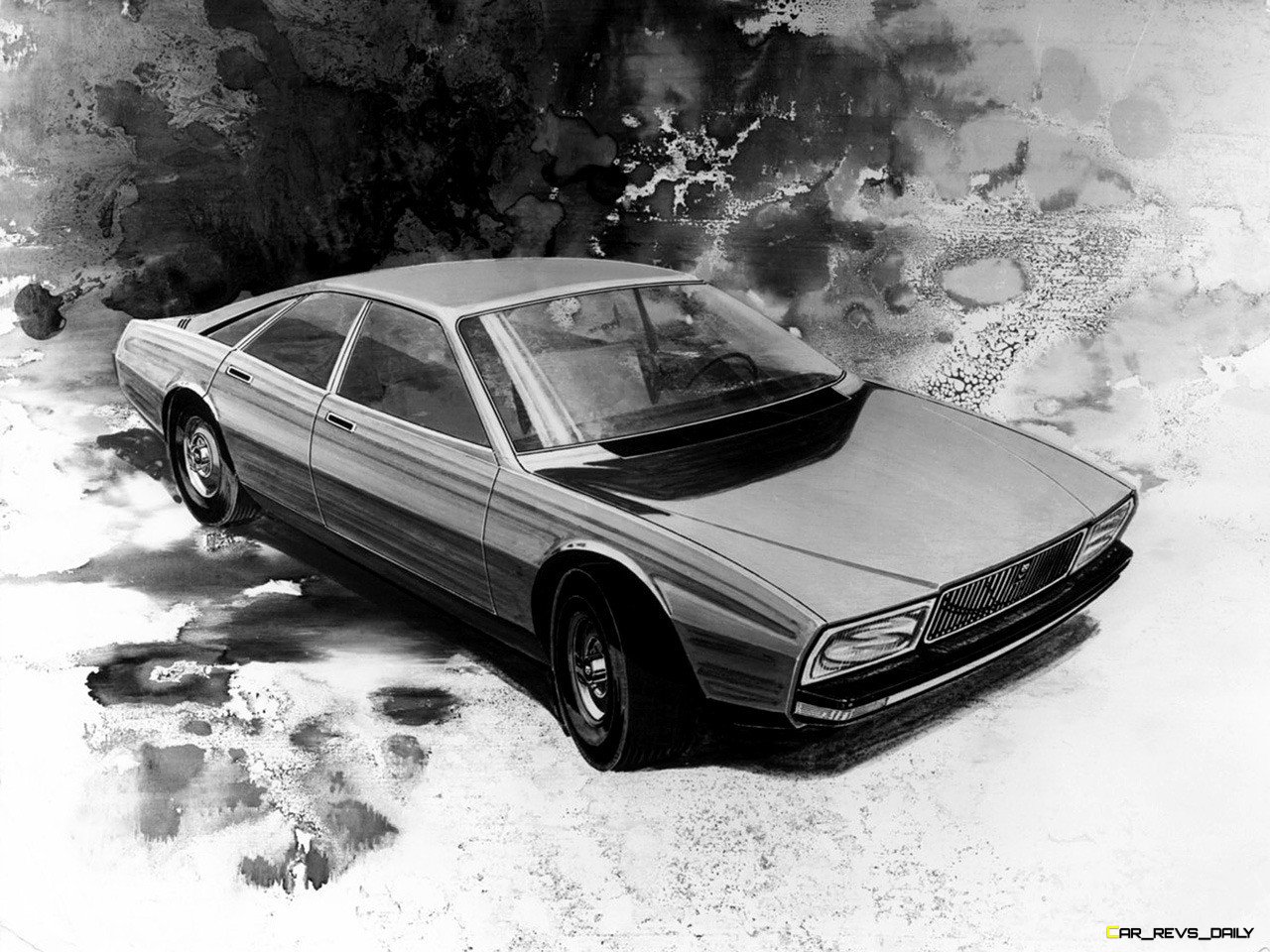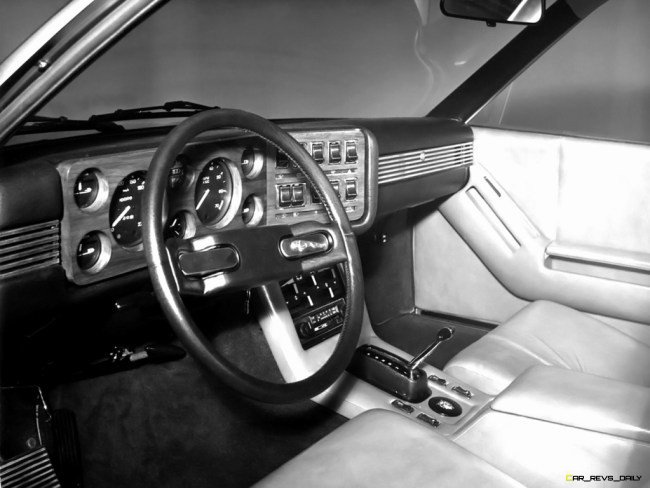With our focus on concept cars and their links to current products, it’s also important to look back on concept cars that helped play a key role in either their history, or their continued existence (in the case of Porsche and its 1993 Boxster concept.) This theme carries through with the latest entry to this particular sub-theme, the 1974 Jaguar XJ12 PF. This obscure design exercise not only highlighted the international connections between auto companies, but could also be considered a key stepping stone for Jaguar models of the period.
Britain and Italy create an interesting XJ fueled collaboration
Jaguar in the early 1970s was a very different company from the technology driven luxury brand that we know and love today. Back then, the company was a key cog in the old British Leyland vehicle empire, and was the brand to go to if you wanted a car that had old world luxury and very sporty handling. However, Jaguar was looking to go in a more modern direction design wise, and wanted to move away from the stodgy styling that defined its older XJ entries.
This is where Pininfarina enters the picture. The Italian styling house better known for lending their pen to Ferrari and Alfa Romeo models also had a solid working relationship with many of England’s finest automakers. This included Jaguar, and the firm was commissioned by Jaguar reps to produce a design exercise to see if it could perhaps be used in the upcoming XJ40 vehicle project.
An XJ concept fit for the period
Pininfarina’s resulting the creation was christened the XJ12 PF (the letters unsurprisingly being the two key letters of Pininfarina) and was presented to the world in 1973, when it made its debut at the London Motor Show. Unlike older production Jaguars, this concept was a glimpse into the modern future that Pininfarina thought was coming to the automobile. The quad headlights that defined older Jags were shelved, with the concept featuring square shaped headlights, and a sleeker looking front grille that also carried on the square theme, with a V12 badge placed front and center.
The side profile is quite interesting, and in some ways resembles modern four door coupes. Like those models, the PF has what appears to be a coupe shape, with the four door layout complimenting the sloping roofline. This sloping shape leads to the tidy rear end, which features a simple taillight design. Probably the only thing that detracts from the design are the steel wheels, but considering the time period, we are willing to give that minor faux paux a pass.
As for the interior, it too is a reflection of the future, with the clean dashboard leading the eye to the center console which features a bank of switches, and leads out to the two spoke steering wheel. Wood accents dot the space, and the lower portion of the dashboard features audio controls, as well as a dainty looking shifter for the automatic. Treated as a whole, the concept’s cabin has not aged very well, especially since the future eventually ended up being one filled with infotainment screens and capacitive controls. But for the period, a cabin design like this was seen as very revolutionary.
Did it lead to a production version of the XJ40?
The answer to that question is very complex, but the concept itself was ultimately passed up by Jaguar in favor of internally produced designs. However, select pieces of the concept did eventually make their way to production. The front fascia for example, found its way into production version of the XJ40 which made its global debut in 1987. The rear styling was not so fortunate, but the trunk design also made it over, and the taillights were tweaked to comply with safety standards.
While the XJ12 PF might have seemed like a dead end concept at first glance, it’s legacy can be the fact that it was a key stepping stone in the development of the XJ40 which was a key sedan model for the company when it made its debut in the 1980s. The interior is laughably dated, but it also projected the glimpse of a future where clean lines (versus stodgy old world garnishments) would be the way forward in future offerings.

Carl Malek has been an automotive journalist for over 10 years. First starting out as a freelance photographer before making the transition to writing during college, his work has appeared on numerous automotive forums as well as websites such as Autoshopper.com.
Carl is also a big fan of British vehicles with the bulk of his devotion going to the Morgan Motor Company as well as offerings from Lotus, MG, and Caterham. When he is not writing about automobiles, Carl enjoys spending time with his family and friends in the Metro Detroit area, as well as spending time with his adorable pets.




